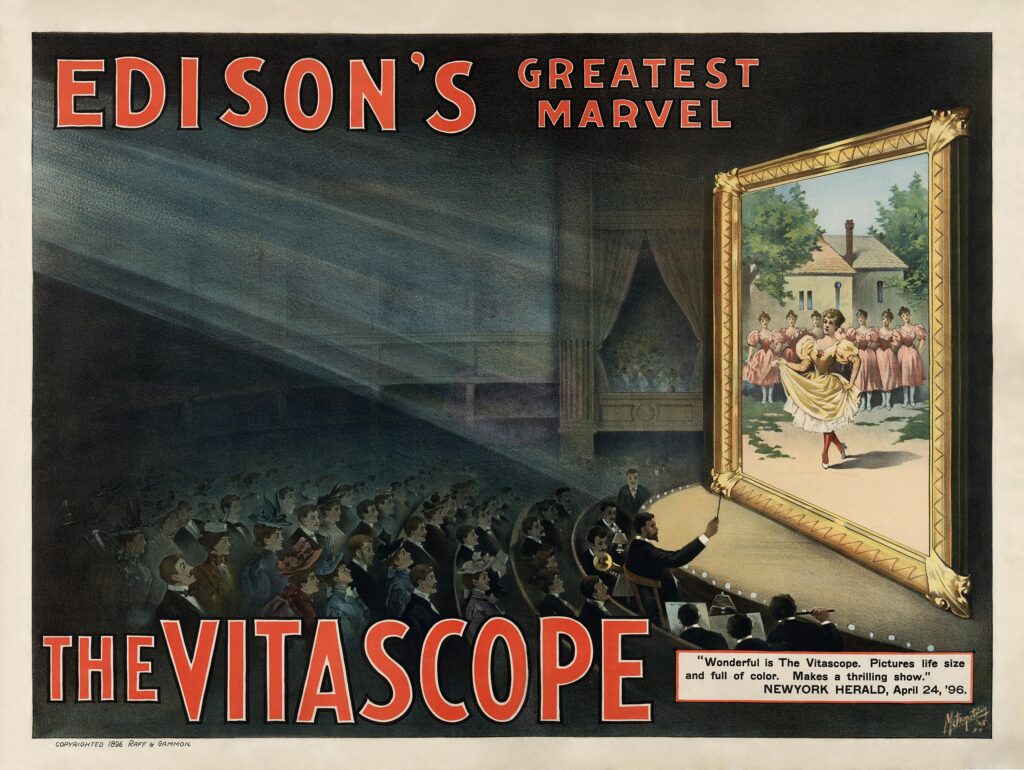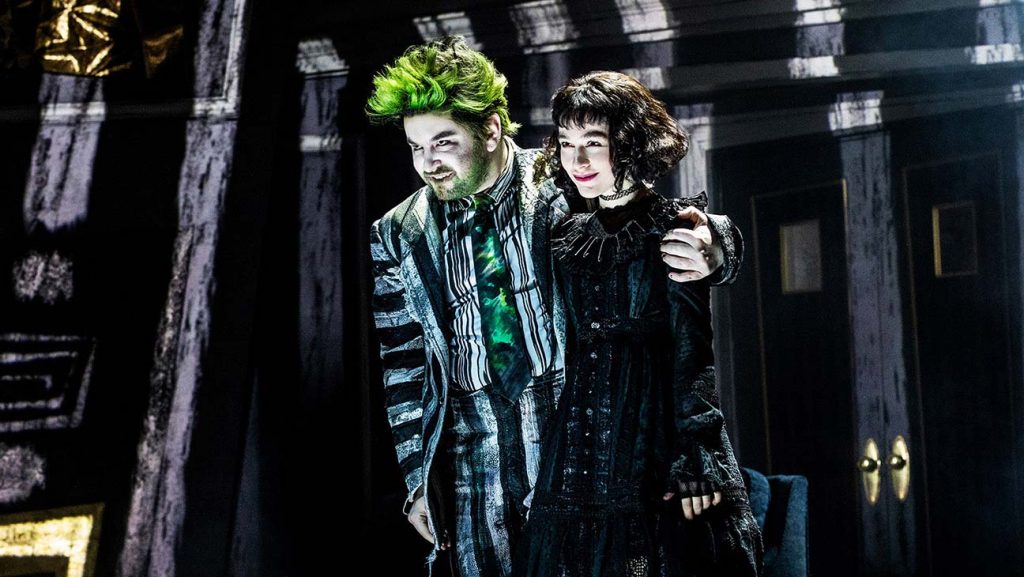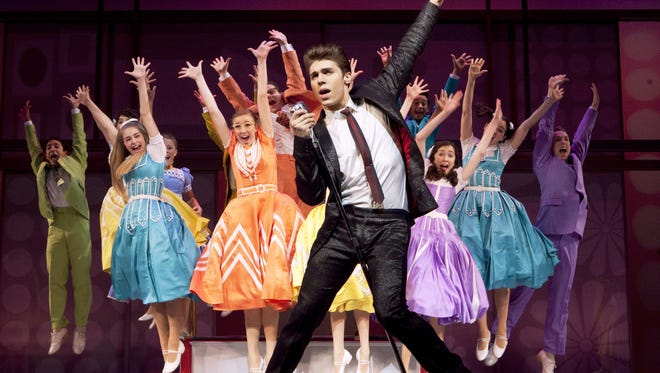
The Fall of the Box Seat
The history of the box seat in theatre is a fascinating one that dates back to the 18th century. Box seats were once considered the ultimate status symbol, offering a private and luxurious viewing experience for the elite few. However, their popularity has waned over time, with many theatres now phasing them out in favour of more inclusive seating arrangements. In this feature article, we’ll explore the history of the box seat and its eventual decline in popularity.
Box seats were first introduced in the 18th century as a way for wealthy patrons to enjoy theatrical performances in private. These exclusive seating areas were typically located to the front, side, and above the stage, providing an unobstructed view of the performance. The boxes themselves were small, separate rooms with an open viewing area that could accommodate up to five people.
During the 19th century, the popularity of box seats reached its peak, with many theatres offering them as a status symbol for the wealthy. It was not uncommon for families to hold season tickets to a theatre’s box seats, using them as a way to show off their wealth and social status. The state box or royal box was also introduced during this time, providing even more exclusive seating for dignitaries and the like.
However, as the 20th century progressed, the popularity of box seats began to decline. The rise of cinema and television meant that more people were able to enjoy entertainment from the comfort of their own homes, and the idea of exclusivity began to lose its appeal. Additionally, the cramped nature of box seats and their limited capacity made them less practical for modern audiences.
Today, many theatres have phased out box seats in favour of more inclusive seating arrangements. The rise of accessible seating and the emphasis on creating a welcoming environment for all has led to a shift away from the exclusivity of box seats. Some theatres have repurposed their box seat areas, turning them into luxury suites or lounges that can be rented out for private events.
While box seats may no longer be as popular as they once were, their history is a testament to the ever-changing nature of theatre. As audiences continue to evolve, so too must the theatres that serve them. The decline of box seats may be a reflection of changing attitudes towards exclusivity, and may also signal a bright future for theatre that is open to all.






